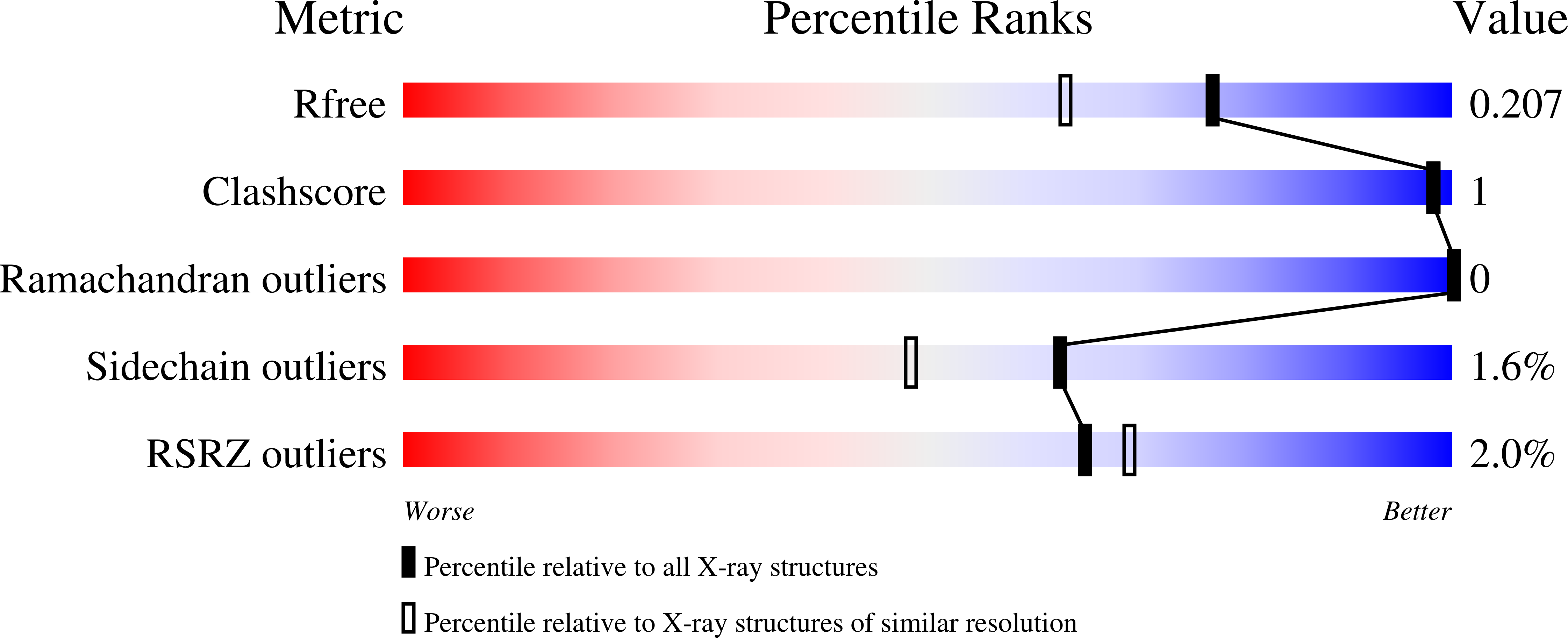
Deposition Date
2021-05-25
Release Date
2022-03-30
Last Version Date
2024-10-30
Entry Detail
PDB ID:
7N05
Keywords:
Title:
Crystal structure of the F240 antibody fragment bound to the HIV-1 gp41 immunodominant region
Biological Source:
Source Organism:
Homo sapiens (Taxon ID: 9606)
HIV-1 06TG.HT008 (Taxon ID: 587638)
HIV-1 06TG.HT008 (Taxon ID: 587638)
Host Organism:
Method Details:
Experimental Method:
Resolution:
1.70 Å
R-Value Free:
0.20
R-Value Work:
0.17
R-Value Observed:
0.17
Space Group:
P 21 21 2


